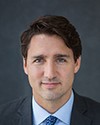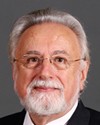I'm not a statistician. The initial analysis in 2006 showing that there was no cause for concern was criticized because it chose a method of analysis with confidence intervals that were way too wide. It was suggested that they go on absolute numbers, which I believe was the trend for the Cancer Board when it produced its study.
If I were confident talking about sample sizes and disease occurrence, I would be able to answer the question more fully. My concern is that in the absolute numbers and in comparison with the population south of Fort Chipewyan, we shouldn't really.... They talk about chance and the possibility of things occurring purely as a result of that, but on that widespread basis with those numbers of cancers, against the background of the non-malignant illnesses in the community, I think it's a red flag.




